#Buckminster Fuller
Text
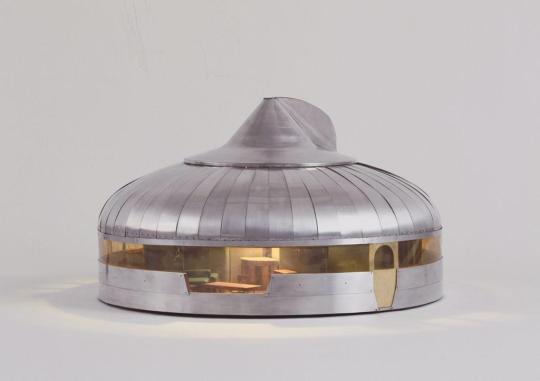

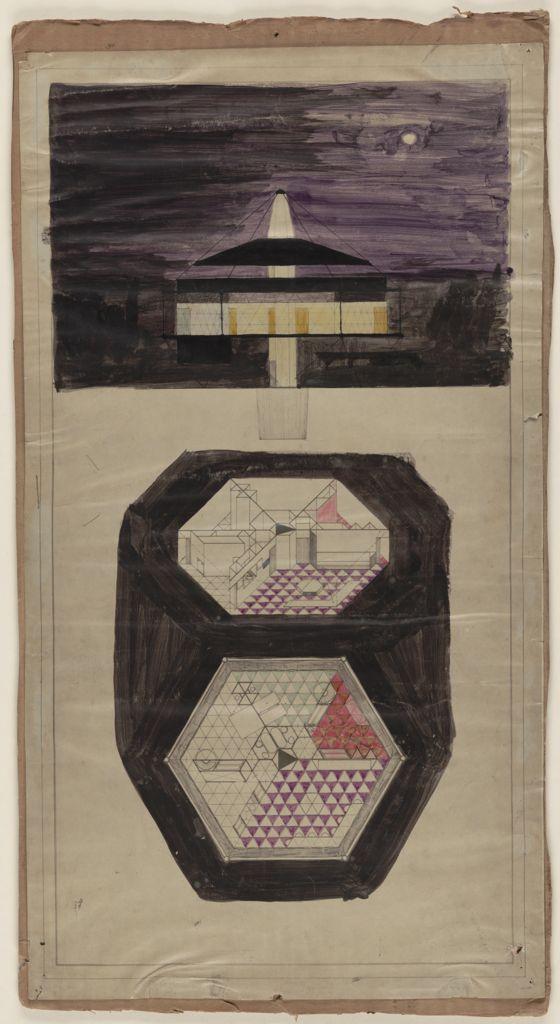

R. Buckminster Fuller
A Dymaxion Home, project Elevation, axonometric, and plan
Architectural Drawing
Drawing date: c. 1930
Project date: c. 1930
(model made later)
Unbuilt Fuller's 1927-29 Dymaxion House project inspired his Wichita House, Wichita, Kansas, of 1945-46 (212.1978 and 213.1978). The Wichita House was the only Dymaxion-type house built. "R. Buckminster Fuller's Dymaxion House was inspired by a desire to create widely available low cost housing. Fuller believed that by adopting the efficient and cost-effective assembly-line production methods used for the automobile he could produce a home at the same price as a car. The unusual hexagonal-shaped house was clad with double-panel vacuum-glazed walls and was fully air-conditioned. Its central aluminum core housed all mechanical equipment and provided the support structure for the roof and floor. Fuller's goal, 'maximum gain of advantage from minimal energy input,' was never realized, but his concept introduced a radical new way of living to the general public. Despite numerous early orders, only one modified postwar version of the house was ever built." - Bevin Cline and Tina di Carlo in "The Changing of the Avant-Garde: Visionary Architectural Drawings from the Howard Gilman Collection" (New York: The Museum of Modern Art, 2002).
244 notes
·
View notes
Photo

Buckminster Fuller’s Montreal geodesic dome on fire, 1976.
1K notes
·
View notes
Text

Dymaxion House by Buckminster Fuller in Rose Hill, Kansas, 1948.
#dymaxion#dymaxion house#buckminster fuller#architecture#design#future#futuristic#retrofuture#kansas#wichita#rose hill#1940s
257 notes
·
View notes
Photo

684 notes
·
View notes
Text
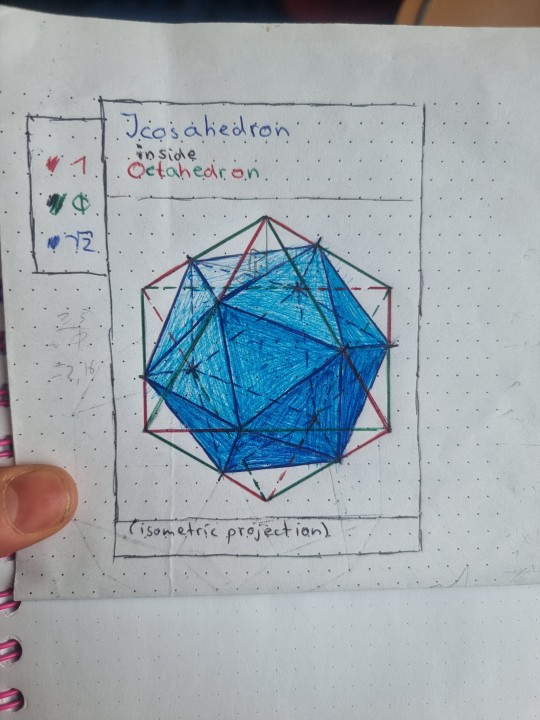
You can insert an icosahedron inside an octahedron.
If the edge length of the octahedron ist 1 + Phi (1.618), the egde length of the icosahedron is SQRT(2).
A friend showed me this picture by Casey house:

[Source: Caseys website ]
And I had to draw it in isometric projection.
Very neat.
One could also make that even further and put an octahedron into the icosahedron and so on...
#buckminster fuller#bucky#polyhedra#buckys modules#geometry#shapes#octahedron#icosahedron#isometric#isometric projection
118 notes
·
View notes
Text

Geodesic Dome, Buckminster Fuller, Expo 67 Montreal.
153 notes
·
View notes
Text

Buckminster Fuller, “How Little I Know”
38 notes
·
View notes
Photo







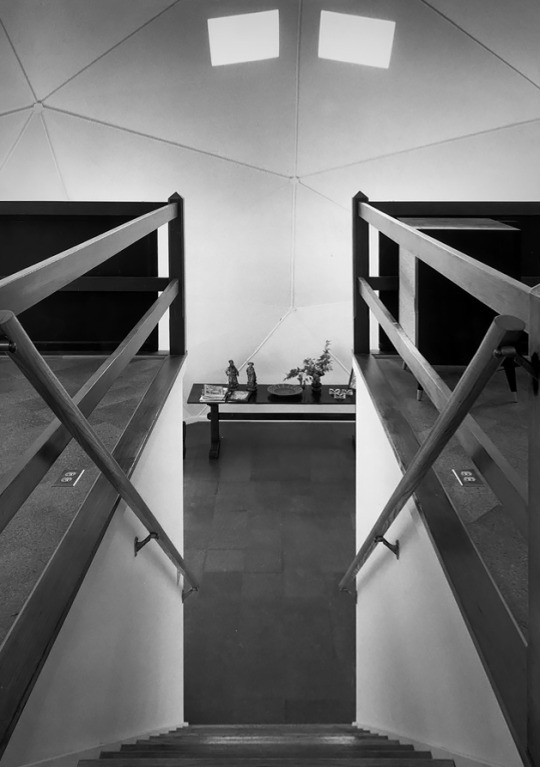
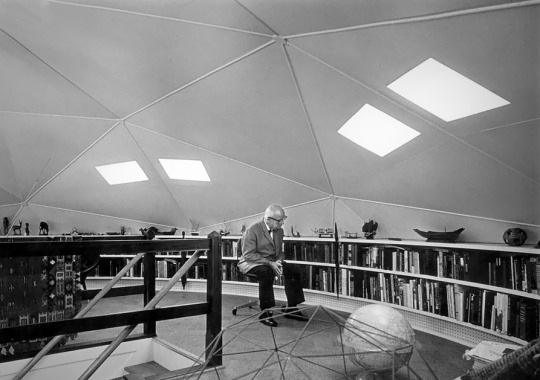
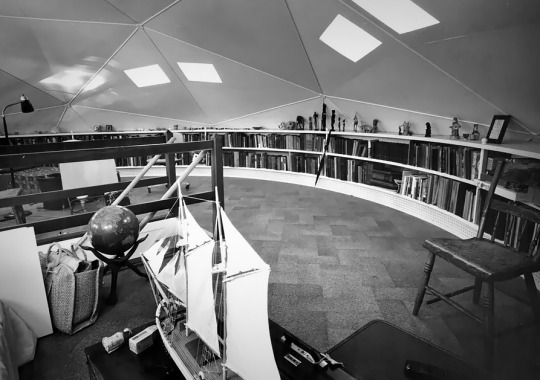
1007. Buckminster Fuller /// R. Buckminster Fuller and Anne Hewlett Dome Home /// Carbondale, Illinois, USA /// 1960
OfHouses presents: The Show Must Go On, part III.
(Photos: © Phillip Harrington. Source: The Fuller Dome Home Preservation Project.)
#ShowMustGoOn3#Buckminster Fuller#USA#60s#OfHouses#oldforgottenhouses#www.ofhouses.com#thecollectionofhouses
250 notes
·
View notes
Text

Solar System Embroidery
Ophelie Trichereau on Etsy
* * * *
Energy has been a great preoccupation of Man and synergy has been overlooked. Synergy is to energy as integration is to differentiation. Energy is differentiating out and synergy is integrating.
- Buckminster Fuller (via sumballein)
Negentropy is the word used for reverse entropy. Energy in this quote is = to entropy. Synergy here is = to Negetropy
[alive on all channels]
#solar system embroidery#Ophelie Trichereau#Etsy#Buckminster Fuller#quotes#energy#synergy#entropy#negentropy#differentiation
28 notes
·
View notes
Text

R. Buckminster Fuller, Synergetic Building Construction – Octetruss from the portfolio Buckminster Fuller: Inventions. Twelve Around One, (screenprinted clear film, duotone screenprint on Lenox 100% rag paper, blue backing leaf of Curtis 100% rag paper), Carl Solway Gallery, Cincinnati, OH, 1981, Edition of 60 [Alternate Projects, Newport, KY]
#art#architecture#geometry#pattern#structure#mixed media#buckminster fuller#richard buckminster fuller#carl solway gallery#1980s
37 notes
·
View notes
Text

Most of our wealth, our capacity to nurture life by intelligent design, is invisible for two reasons. First, there is the historical fact that we have been conditioned to accept species failure and only individual success. That is, we have been trained to believe “there is enough for me, or enough for you, but not enough for both of us." That conditioning is so powerful that we automatically think in terms of me or you, not both, so we don't notice that the whole species is now capable of success. Second, since Marconi, most of our wealth is literally invisible. I am not just referring to electronic waves and information systems, but to such things as alloys, for instance. I can show you two bars of metal that look exactly alike. To traditional thinking, these bars must contain the same amount of wealth, in terms of how much we can get out of each pound of them. In scientific fact, the second bar contains many hundred times more wealth than the first, because it delivers more. Unfortunately, this wealth is invisible to the naked eye; you need microscopes to see it and the science of chemistry to understand it. All of our problems result from the fact that for more than eighty years we have been creating wealth in that form, invisible wealth that politicians cannot see or understand, so our nations are all still acting on obsolete ‘Malthusian principles.
High Times Magazine, 1980s : THC : Free Download, Borrow, and Streaming : Internet Archive
9 notes
·
View notes
Text
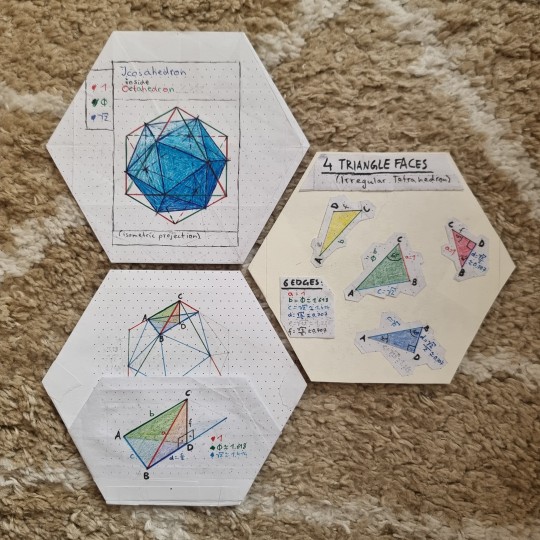
A visual study of the Icosahedron inside an Octahedron - and the remaining tetrahedral modules
The tetrahedral modules:
Buckminster Fuller came up with these modules and called them "S modules" or "S quanta modules".
Here is a helpful summary:

[Source (PDF) | A Fuller Explanation: The Synergetic Geometry of R. Buckminster Fuller, 1987]
#polyhedra#polyhedron#buckminster fuller#s-modules#modules#geometry#icosahedron#octahedron#platonic solids#tetrahedron#irregular tetrahedron#math art#hexagon#hexagrid#hexagon grid#mathy art#isometric#isometric projection#isometry
45 notes
·
View notes
Text

Ideas and Integrities by Buckminster Fuller.
11 notes
·
View notes
Text

Buckminster Fuller, from How Little I Know
28 notes
·
View notes
Text

Buckminster Fuller ferries houseguests to Bear Island, which his grandmother bought in 1904 and remained his family seat, Penobscot Bay, Maine, Photo by John Loengard, 1970
59 notes
·
View notes
